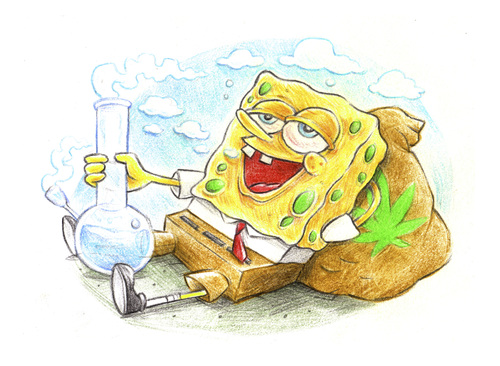Seagrass meadows can form a protective blanket over underwater archaeological sites, helping preserve artifacts such as this amphora found in the Red Sea near Hurghada, Egypt. Photo by Imagebroker/Alamy Stock Photo
Posted on 01/22/2019 12:23:08 AM PST by SunkenCiv
Ancient weapons, prehistoric fishing tools, and textiles are just some of the items scientists have discovered buried beneath the protective cover of seagrass, says Oscar Serrano, a marine ecologist at Edith Cowan University in Australia. Until now, Serrano says, no one has investigated the cultural value of seagrass meadows, which "play an important role in revealing clues about the human past."
...To highlight the link between seagrass and archaeological preservation, Serrano and his colleagues compiled evidence from the literature and from consultations with archaeologists in Denmark, Australia, the United States, and around the Mediterranean. The team's investigation revealed a clear pattern: some of the world's best-preserved underwater archaeological sites are sealed beneath blankets of seagrass.
The scientists determined that seagrass captures floating sediment particles on its long leaves, causing a thick sediment layer to build up on the seafloor. Over time, artifacts that settle below seagrass become buried. Similar to a time capsule, this thick sediment creates a seal, leading to oxygen-free conditions that slow decomposition and keep objects intact beneath the churning ocean.
In the turquoise waters along the coast of Western Australia, seagrass meadows have played a pivotal role in the preservation of the James Matthews -- a 180-year-old, 24-meter ship that is one of the best-preserved ships of its time. The James Matthews, a slave ship, traveled between Europe, Africa, Australia, and North America before sinking during a storm in 1841. When maritime archaeologists discovered the ship in 1973, a thick layer of seagrass covered its watery grave. The excavations that followed the discovery unearthed several well-preserved artifacts, including a leather shoe, a lace parasol, and an ivory chess set.
(Excerpt) Read more at hakaimagazine.com ...
Seagrass meadows can form a protective blanket over underwater archaeological sites, helping preserve artifacts such as this amphora found in the Red Sea near Hurghada, Egypt. Photo by Imagebroker/Alamy Stock Photo
Kind of a weird title, but now it makes sense.
There may have been an ESL issue with the text.
I’m from Humboldt. Do you smoke this sea grass?
You're from Humboldt, alright. ;^)
If you don’t have the money to bring the wreck up and preserve it properly it is better to leave it in place.
That is of course if its location has not been revealed publicly.
If the wreck’s location becomes public knowledge you might as well bring uncover the wreck and salvage what you can before the looters get to it.
In another discovery, scientists now claim that common dirt preserves ancient human artifacts pretty good, too. Asks for millions of tax dollars to further study the issue.
Better than bubble wrap?

Yeah, but it’s very hard to keep lit.........................
As the tech to identify, explore, and salvage deepwater sites becomes more widely available, it's a good bet that rich bungholes from the Third World will be robbing all kinds of sites for their own collections.
So let’s dig up the Seagrass looking for “stuff”...
I'm not too sure the seagrass is really all that effective though. :^)
Disclaimer: Opinions posted on Free Republic are those of the individual posters and do not necessarily represent the opinion of Free Republic or its management. All materials posted herein are protected by copyright law and the exemption for fair use of copyrighted works.